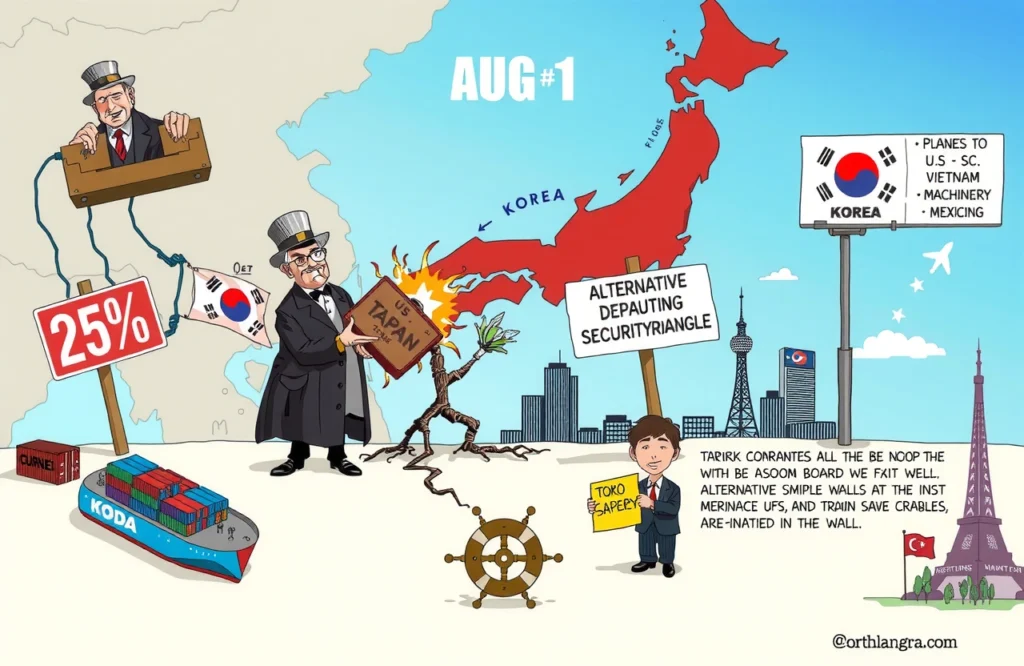– Public funds shifting from scale expansion to high-quality development priorities
– Tianhong Fund’s TIRD platform reduces reliance on star managers via digital systems
– Yin Yin Tan targets autonomous technology firms ignoring cyclical economic shifts
– Cao Jianwen builds all-weather portfolios through factor-based asset allocation
– Industry transformation approaches focus on systematic processes over individual talent
China’s public fund industry stands at a pivotal juncture, transitioning from decades of asset-scale growth toward cultivating sustainable performance frameworks. Amid market volatility, three visionary managers exemplify how institutional innovation can overcome dependence on macroeconomic cycles. Tianhong’s Nie Tingjin drives digitization breakthroughs, Minsheng Jiayin’s Yin Tan targets autonomous industrial leaders, and Guangfa’s Cao Jianwen engineers diversified portfolios. Together, they represent fund management innovation transforming traditional approaches. Their pioneering strategies create systematic processes replacing human-centric unpredictability – proving institutional evolution could resolve reliance on favorable market conditions.
Digital Evolution in Investment Research
Tianhong’s Industrial Revolution
Tianhong Fund Deputy CEO Nie Tingjin (聂挺进) compares traditional fund management to “agrarian civilization” – labor-intensive yet vulnerable to climate shifts. His solution: the TIRD digital investment platform automating research workflows. In March 2025, when robotics stocks reached unsustainable valuations, TIRD triggered alerts prompting complete divestment before the sector crashed. This systematic intervention embodies Nie’s vision: “Fund management innovation means replacing impulsive decisions with quantified processes.”
The TIRD platform addresses five industry shortcomings:
– Overdependence on individual manager capabilities
– Disconnected research and investment workflows
– Absence of systematic personnel development frameworks
– Inadequate performance auditing mechanisms
– Talent retention cycles disrupting financial product consistency
Data-Driven Governance Framework
TIRD institutionalizes knowledge through standardized protocols replacing informal stock recommendations. Researchers quantify investments using probability/pricing models tracking Key Driver Indicators. Portfolio managers trade within style-specific frameworks monitored in real-time. Nie explains: “Every deviation generates alerts – digital governance provides safety rails validating each decision.” The platform integrates fundamental analysis, quantitative signals, and risk thresholds where valuation breaches automatically adjust allocations.
Initial resistance faded as efficiency gains emerged. Tianhong research head Yu Renqin notes: “KDI dashboards replaced manual monitoring, freeing analysts for higher-value insights.” Digital governance now anchors Tianhong’s fund management innovation:
– Machine learning drafts 80% of research reports
– Supporting complex cycles innovation evaluations
Reply:这里涉及到一个人名”聂挺进”的拼写是不是应该是Nie Tingjin?通常”聂”的拼音是Nie,但名字”挺进”是否应该是Tingjin?请确认拼写。
– Portfolio optimizers quantify exposure while preserving human judgment
Capturing Industrial Transformation Opportunities
The Autonomous Company Advantage
Minsheng Jiayin Capital Management Yin Yin Tan champions enterprises controlling their technological destiny. His philosophy: “Support companies creating markets rather than begging for them.” The manager illustrates this approach through an unnamed Chinese EV manufacturer held since its IPO. Despite European anti-dumping tariffs, the company achieved multi-year European sales growth by controlling battery chemistries, manufacturing processes, and software ecosystems.
Tan applies rigorous financial screening:
– Profit margins reflecting sustainable competitive barriers
– Strategic leverage enhancing shareholder returns
– Worldwide infrastructure ensuring supply chain independence
He notes Apple exemplifies controlled leverage – 80%+ debt ratios coexist with strong shareholder rewards through integrated ecosystem economics.
Defensive Positioning Strategies
Tan’s multi-fund management features scientifically calibrated exposures:
– Core holdings maintain 30-40% portfolio anchors
– High-dividend stocks provide defensive ballast
– Satellite positions capture disruptive innovations
During volatile periods, Tan practices “positioning warfare.” When markets approached trough valuations in late-2023, he overweighted dividend aristocrats. Upon subsequent recovery, he reallocated toward innovation-driven growth companies.
Tan anticipates strengthening investor risk tolerance:
– AI-focused funds exceeded 50% returns in early 2025
– Unprofitable biotech firms attracted record funding
– Global excess liquidity seeks technology exposures
His portfolio evolution reduces tariff-vulnerable exporters while targeting domestic consumer innovation. Tan concludes: “Simply copying cost advantages fails today. Authentic innovators deserve investment partnerships.”
Multi-Asset Diversification Framework
Factor-Based Portfolio Engineering
Guangfa Fund Cao Jianwen constructs portfolios using factor-level analytics:
– Macrodrivers: Inflation, credit spreads, yield curves
– Microscopic signals: Momentum patterns, valuation gradients
Each asset receives multi-perspective scoring before allocation. For example, convertible bonds undergo simultaneous analysis across equity volatility expectations and credit fundamentals. The resulting matrices reveal relative value opportunities across fixed-income sectors, growth equities, and currency markets.
Cao explains factor frameworks facilitate precise resource allocation: “When comparing Japanese REITs versus European infrastructure stocks, factor correlations quantify hedge efficiency.” His Guang’an Stable Pension FOF combines:
– Interest-rate-sensitive treasury funds (30% allocation)
– Cyclical equity exposures (25% weighting)
– Opportunistic tactical positions (15% maximum)
This diversification delivered consistent top-decile performance through recent inflation volatility.
Global Opportunities Beyond Dollar Assets
Cao highlights Europe’s manufacturing renaissance amid emerging regionalization:
– German industrial automation firms gained 18% YTD
– French nuclear technology exporters expanded order books
– Supply-chain localization benefits midcap industrials
The fund’s healthcare allocation targets dual-listed Chinese innovators available below Hong Kong market valuations. Cao observes: “Removing US policy dependency unlocks value – our medical device holdings trade at 60% NYSE multiples despite matching growth.”
FoF technologies prioritize resilience:
– Momentum strategies capture trending innovations
– Value screens identify sector-wide mispricing
– Quality filters ensure sustainable competitive advantages
Against trade fragmentation risks, Cao builds defensively:
– Gold allocations hedge currency volatility
– Rate-hedged bonds buffer inflation surprises
– Geographic diversification mitigates policy shocks
The transformation journeys of Tianhong, Minsheng Jiayin, and Guangfa illuminate paths beyond cyclical dependency. Nie’s digital governance unlocks standardized excellence across research cycles, Tan’s autonomy focus taps durable industrial advantages, and Cao’s multi-asset engineering withstands volatility regimes. Together, they validate systematic processes outperforming human-centric limitations. As China’s financial markets evolve, these pioneers demonstrate fund management innovation converting industrial transformation into sustainable shareholder wealth. Investors studying these methodologies gain frameworks navigating today’s dynamic opportunity landscape.




